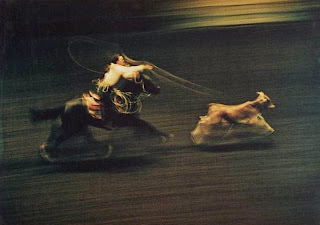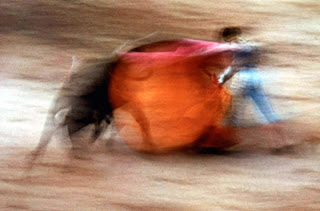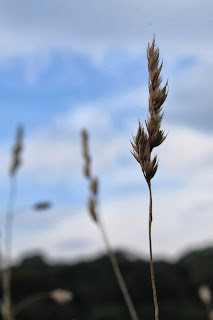Original Theme
For my photography brief, I will focus on the theme of people and portraits. Within this theme, I will work in different styles, taking influence from artists who are massively different from each other, such and David Bailey and Jill Greenberg. As well as this, I will focus a lot on environmental portraits, especially ones revolving around music and art. These will include live performances, and shoots done both on location and in the studio with musicians and artists.
Expanded Theme
I have decided to further develop my idea of shooting environmental portraits, and adapt it to more of a documentary style of working (still working with musicians and artists). Whilst working with musicians, I was thinking of documenting their musical lives, this will include practices and production, travel, before, during and after concerts, and if possible, the bands on tour. Mainly, my work will be photography based, but I think with this theme, there's a lot of room for moving image and sound to be involved too.
I would also like to look into sound as a subject, researching things like sound waves and vibrations. Although it isn't directly linked to documentary, I think I'd benefit from having a wider understanding of the topic.
Things to look at
-You Me At Six USA Documentary
-Enter Shikari Soundwave Tour Diary
-Paramore Brand New Eyes Documentary
-Jazz Musicians and the Jazz Loft Project by W. Eugene Smith
-Guy Le Querret, Jazz
-Magnum Photographs - Aldo Romana and Michel Petrucciani at the charity concert for Ed Blackwell, Paris 1990
-Max Roach and Dizzy Gillespie rehearsing at the Hotel Raphael, Paris 1989
-The Filth and the Fury Documentary (the rise and fall of the Sex Pistols)
-The Filth and the Fury Documentary (the rise and fall of the Sex Pistols)
Places/People to see
-School of Music (near Corporation Park)
-Reidy's Music Store
-College Music Department
-King Georges Hall
-Darwen Library Theatre
-Personal Musician Contacts
-Reidy's, Sunday at 3 - meet India Mill (band)










.jpg)

.jpg)







.jpg)

























